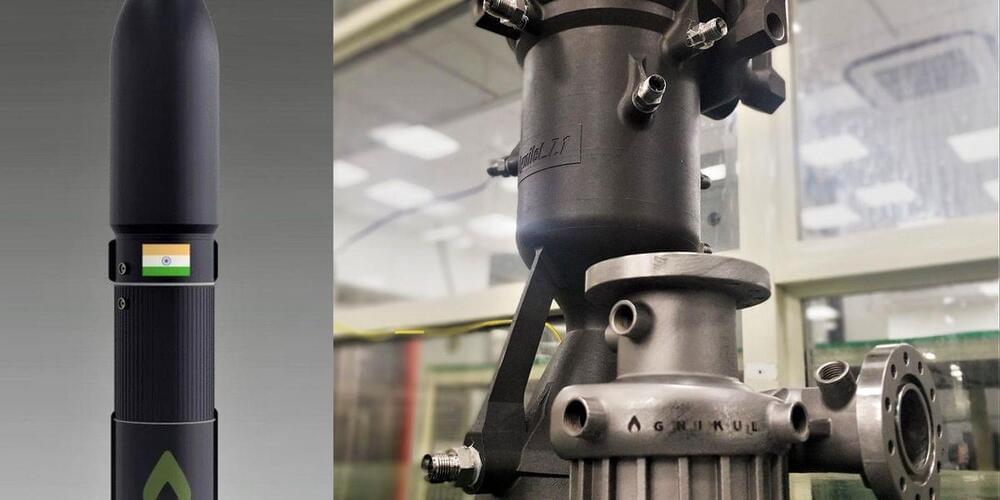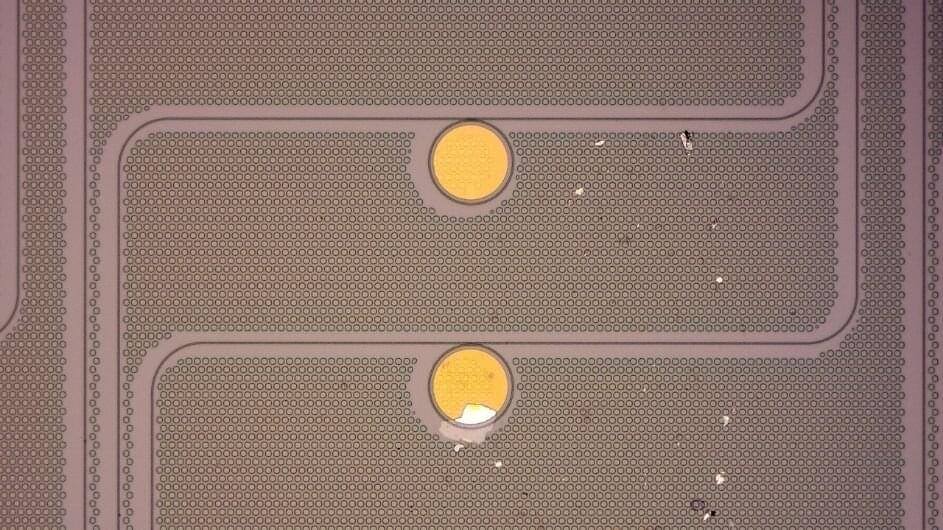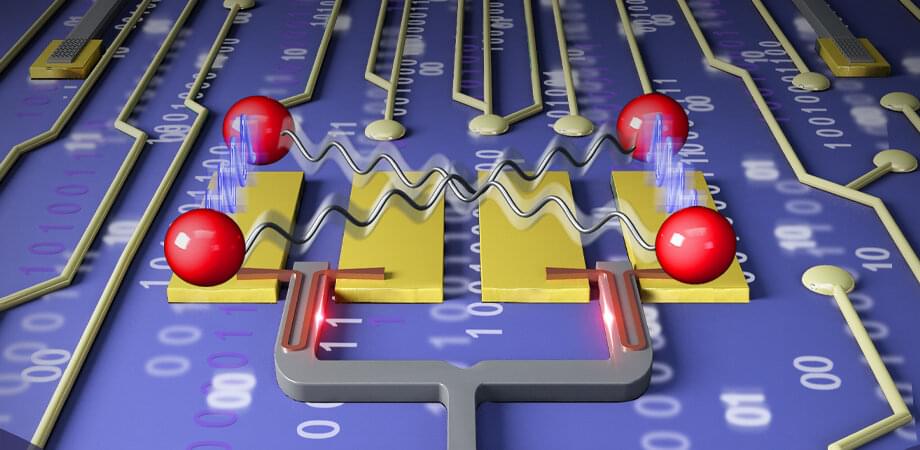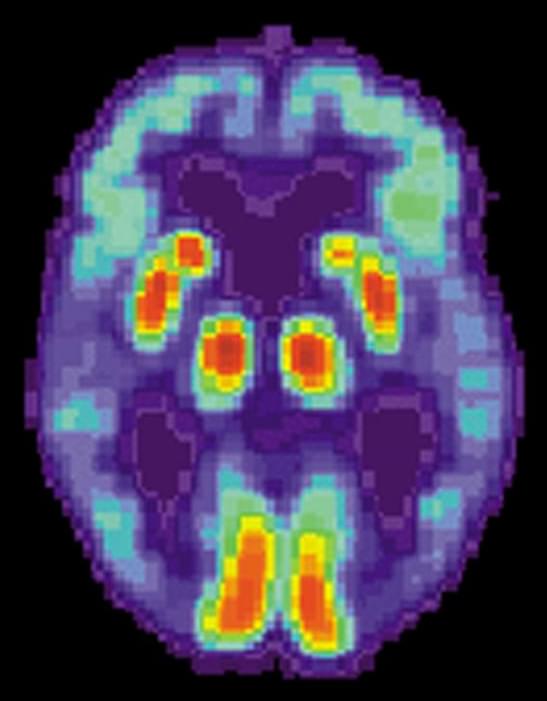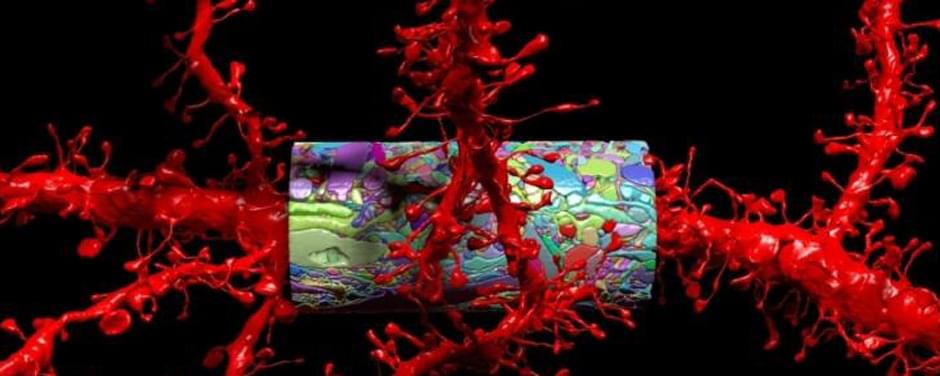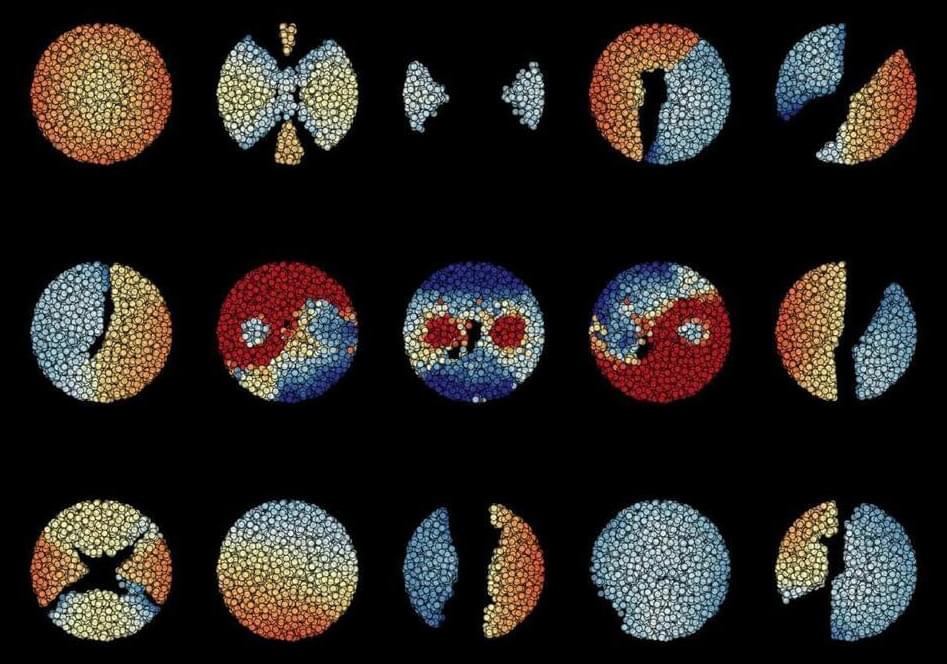But in recent years the government has signaled its intent to open up the sector to private players and last year passed a series of reforms designed to foster innovation and encourage new start ups. Earlier this month Prime Minister Narendra Modi also launched the Indian Space Association, an industry body designed to foster collaboration between public and private players.
One of the companies that has been quick to pounce on these new opportunities is Agnikul, which is being incubated at the Indian Institute of Technology Madras in Chennai. This February, the company successfully test fired its 3D-printed Agnilet rocket engine, just four years after its founding.
While other private space companies like Relativity Space and Rocket Lab also use 3D printing to build their rockets, Agnikul is the first to print an entire rocket engine as a single piece. IEEE Spectrum spoke to co-founder and chief operating officer Moin SPM to find out why the company thinks this gives them an edge in the burgeoning “launch on-demand” market for small satellites. The conversation has been edited for length and clarity.
